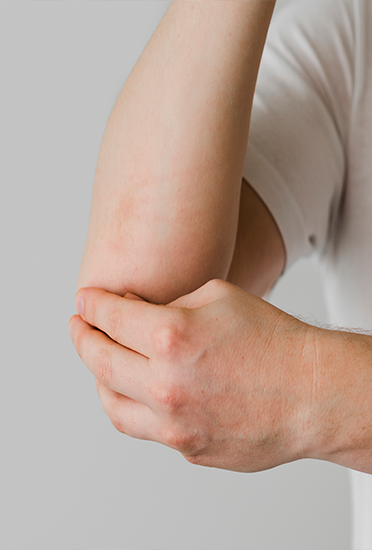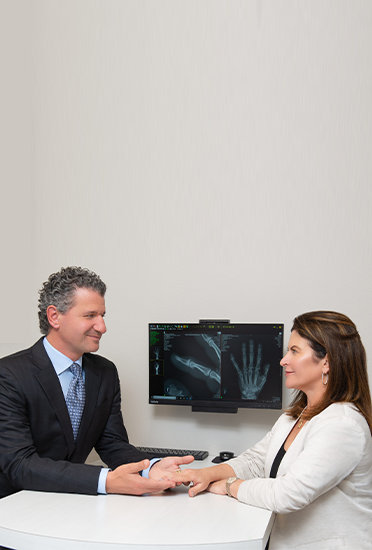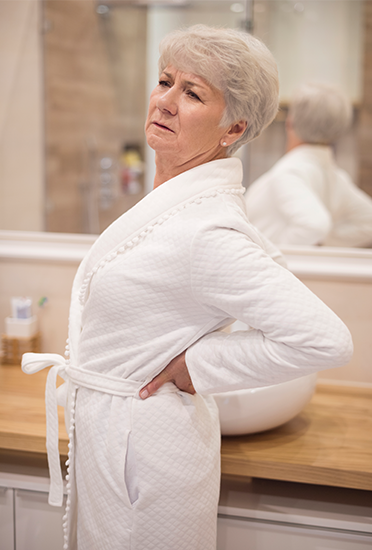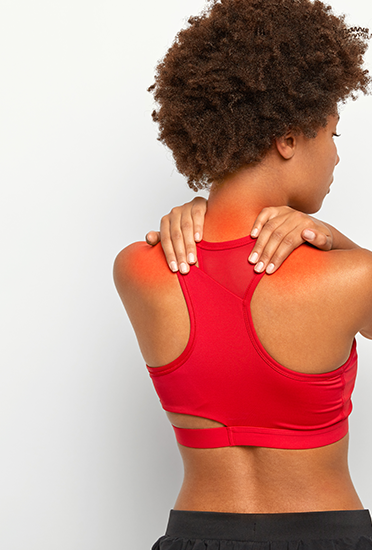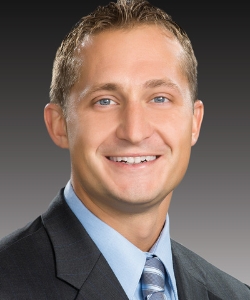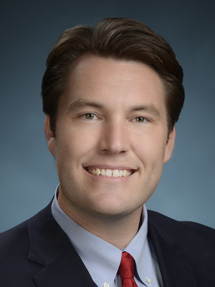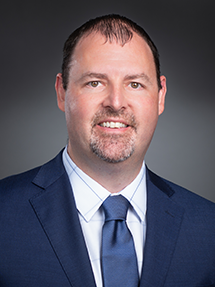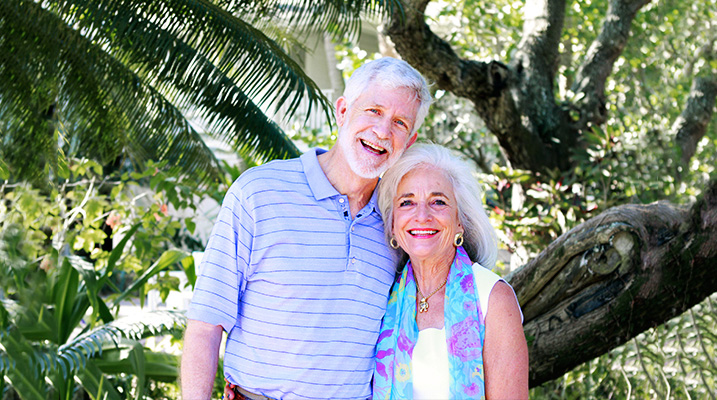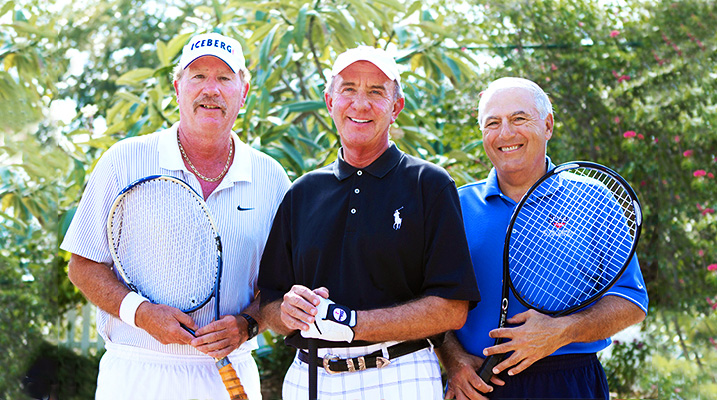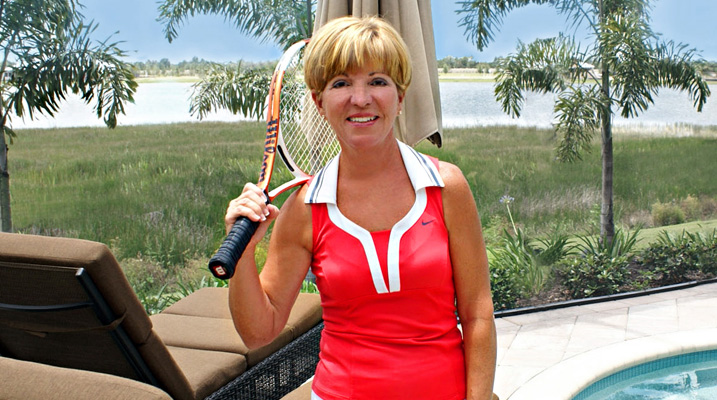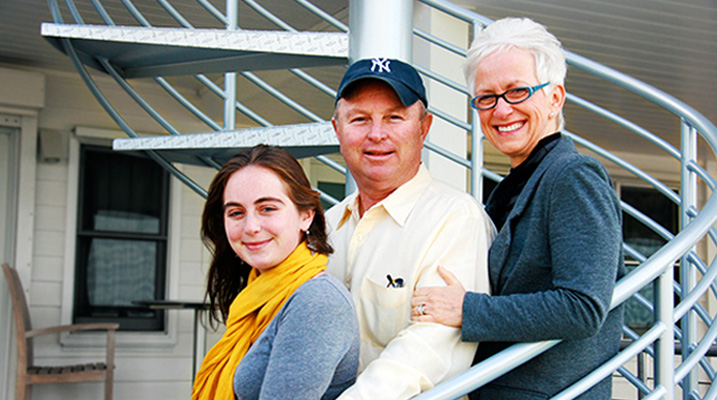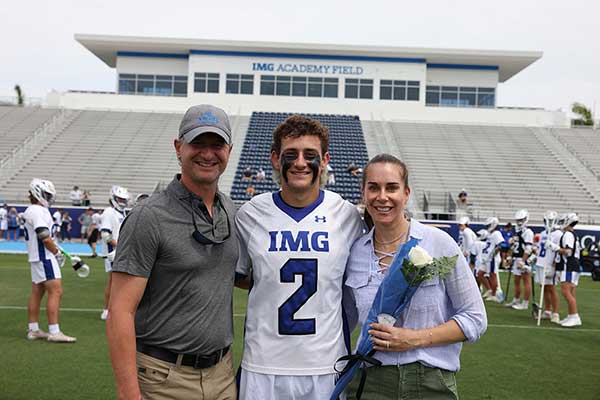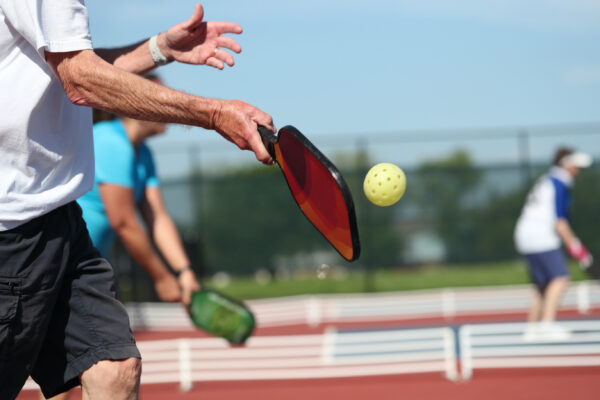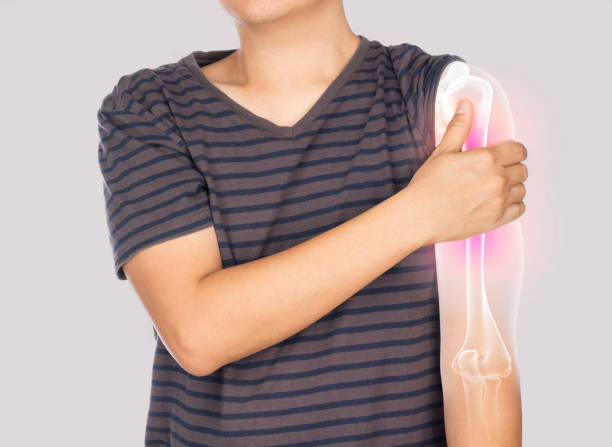SLAP Lesion/Tear
What is a SLAP Lesion?
The term SLAP stands for Superior Labrum Anterior to Posterior. Within the shoulder joint, a ring of cartilage called the labrum surrounds the joint. A SLAP lesion is when there is a tear or fraying within the top of the labrum, which can be anterior (front) to posterior (back).
The upper arm bone fits loosely into the glenoid socket, and the labrum acts as a cushion to protect and stabilize the joint. The labrum is a strong fibrous ring that stabilizes many ligaments and the bicep tendon. When the labrum is torn, it can cause pain, and it can also intensify additional tearing and instability. Often, the bicep tendon is involved in the injury or condition and can be torn as well.
SLAP Tear Symptoms
1. Pain with shoulder movement, especially when putting arms overhead
2. Popping or clicking sensations
3. Decreased range of motion and strength
4. Perceived sensation of dislocating the shoulder joint
5. Inability to hold the shoulder in certain positions.
SLAP Lesion Causes
Many people develop SLAP lesions as they age due to tearing and fraying of the labrum that may be weakening with time; however, it is often a direct result of injury or trauma.
Athletes and exercise enthusiasts may develop a SLAP lesion when they overuse their shoulder, catch heavy objects overhead, or use their shoulders in repetitive movements such as with swimmers and pitchers. SLAP lesions can also be a direct result from trauma to the shoulder when breaking a fall with an extended straight arm. It can also be caused by an accident or blunt force.
Dr. Dillingham and Dr. Sforzo are both board certified, fellowship trained orthopedic experts who use minimally invasive techniques, which means fewer complications and better long-term results for their patients. They are considered leaders in performing technically difficult procedures to restore health and function.
Read on for an overview of the SLAP lesion procedures, protocols, potential complications, and frequently asked questions.
SLAP Lesion Treatment
Non-steroidal anti-inflammatory medications can help to alleviate inflammation. Physical therapy (PT) is a remarkable tool to help patients learn to reuse their shoulder and to build muscle strength and stability. Physical therapists also educate patients on how to avoid reinjury.
Surgery may be necessary if the non-surgical approaches do not relieve your pain within a few months. This can happen due to additional shoulder tears or other conditions that coincide with the SLAP lesion. Arthroscopic, minimally invasive surgery is optimal because it allows the surgeon to see inside of the joint with a small camera and utilize tiny tools that fit through small incisions. The surgeon can see exactly where the tears are and decide if they can be treated by removing a small portion of the labrum (shaving it down) or by suturing the tears to close the injured areas. In some cases, the bicep tendon may need to be released to relieve pain.
SLAP Lesion Diagnosis
The surgeon will review your medical history and perform a physical examination of the shoulder to evaluate your symptoms more clearly. In the office, several orthopedic and pain tests will be provided to further evaluate the condition’s severity.
An X-ray will be taken to check the bone for any fractures or degeneration. An MRI, with or without dye, is also an important tool to evaluate and see surrounding soft tissue such as ligaments and the bicep tendon, as well as the labrum itself. MRIs show intricate details of soft tissue.
At Sforzo | Dillingham | Stewart Orthopedics + Sports Medicine, we take our time with each patient to listen and present options that are customized to their specific needs.
Exercises to Help a Shoulder Labral Tear
Stretching and gentle exercises can significantly reduce pain and increase stability. These should always be provided directly by your physician after your evaluation. Never stretch beyond what is comfortable. If you feel pain, stop immediately.
-
Wall Crawl/Walk-Up
Standing slightly away from the wall, touch your fingertips to the wall out in front of you. Gently try and crawl your fingers upwards without shrugging. When you get to a tender spot, stop and breathe into the stretch as you relax your shoulder, then crawl back down to the starting position. Repeat these 3 to 5 times, but do not over-stretch the shoulder.
-
Pendulum
Lean over and place one arm down on top of a table or hard surface. Hold your body with your palm on the table and the other arm hanging at your side. For counts of 10, Gently swing your arm back and forth, then side to side, then in small circles. Repeat these 3 to 5 times.
-
Cross-Body Stretch
Standing straight up, gently stretch one arm across your chest, holding your opposite hand on your upper arm, and carefully hold for 30 seconds. Repeat on the other side and alternate for up to 10 times.
-
External rotation
Standing in a neutral position, hold a lightweight stick or cane, such as a yardstick, in front of your torso. Grasp one end of the stick and cup the other end. Gently pass the stick back and forth from side to side in front of your torso, keeping your elbows in towards your body and the rest of your body still. Hold each push and pull for 20 to 30 seconds. Do not over-stretch to the point of pain.
-
Internal rotation
Standing in a neutral position, hold a lightweight stick or cane, such as a yardstick, behind you near your lower spine or top of the buttocks. Grasp one end of the stick and cup the other end or hold it where it is most comfortable. Gently pass the stick back and forth from side to side behind you in a horizontal motion. Allow one arm to extend out away from your body and keep the other elbow close to your side. Hold each push and pull for 20 to 30 seconds. Do not over-stretch to the point of pain.
-
Shoulder Extension (Isometric)
Stand with your back against the wall and arms straight at your sides. Keeping your elbows straight, push your arms back into the wall. Hold for 5 seconds, and then relax. Repeat 5-10 times


